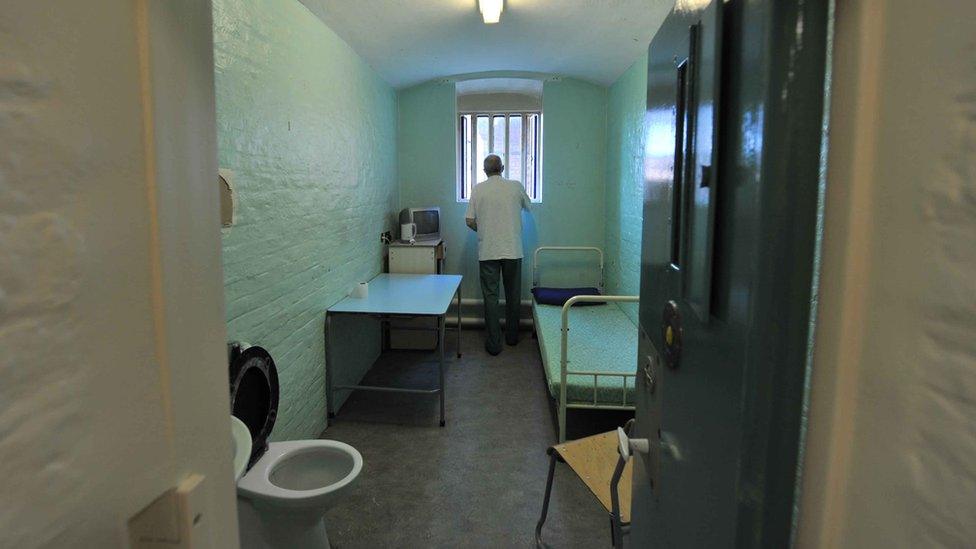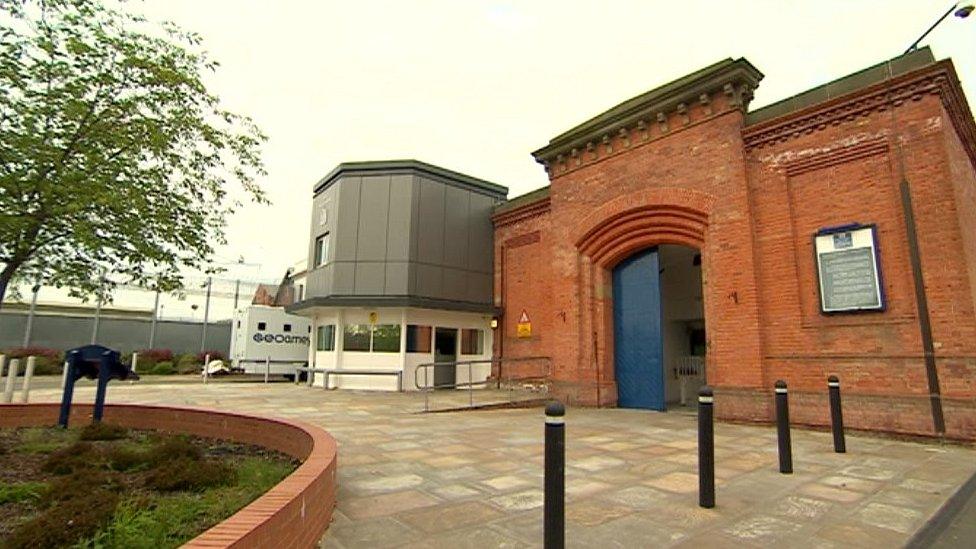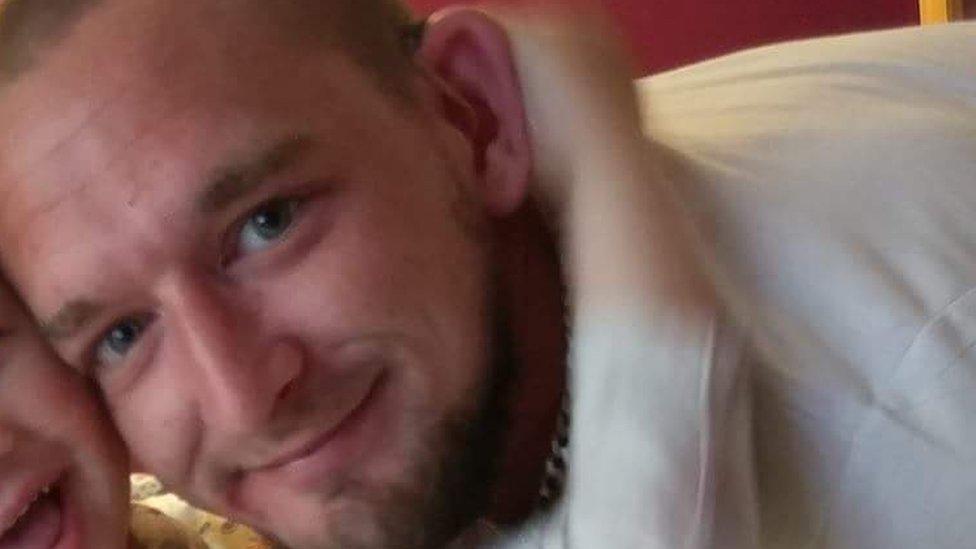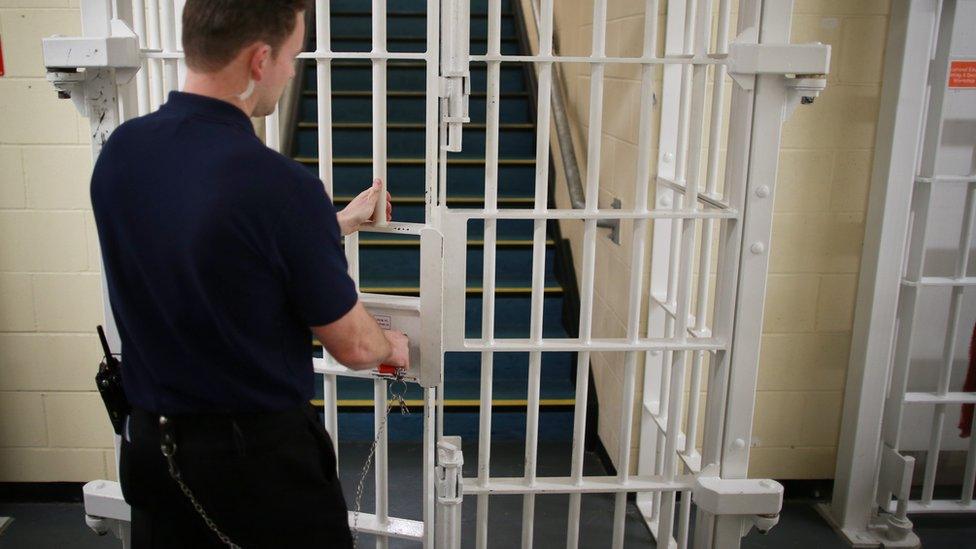No overcrowding link to prison suicide, study suggests
- Published

There is no clear link between prison suicides and overcrowding behind bars, an international study has suggested.
The research, published in the Lancet Psychiatry journal, external, looked into almost 4,000 prison suicides in 24 countries, including England and Wales.
It found deaths between 2011-14 were highest in the countries with the lowest rates of imprisonment.
Prison suicides could be cut by sending fewer people with mental illnesses to prison and with better care, it added.
Researchers analysed 3,906 prison suicides across 20 European countries, as well as in the US, Canada, Australia and New Zealand.
It found rates of prison suicide varied considerably, ranging from 23 per 100,000 prisoners in the US, to 180 per 100,000 prisoners in Norway.
The research found no connection between suicides and prison overcrowding - except in low-income countries where extremely crowded cells might cause extra stress.
It found there were proportionately more self-inflicted deaths in prisons in Norway and Sweden, where custody was generally reserved for the most violent and dangerous offenders, including those with mental health problems.
'No ecological explanations'
Suicide rates in UK prisons were called a "national scandal" after a record number of people killed themselves in prisons in England and Wales in 2016.
The Prison Reform Trust has said reducing jail populations is the way to make prisons safe.
But this latest report said prison suicides "are likely to be the result of a complex interaction of different factors, and not merely due to the prison environment".
"Overall, our findings suggest that there are no simple ecological explanations for prison suicide," the report said.
"Rather, it is likely to be due to complex interactions between individual-level and ecological factors."
It concluded that suicide prevention initiatives should draw on "multidisciplinary approaches" which look at individual and system-level risk.
- Published13 October 2017

- Published2 October 2017

- Published26 January 2017
